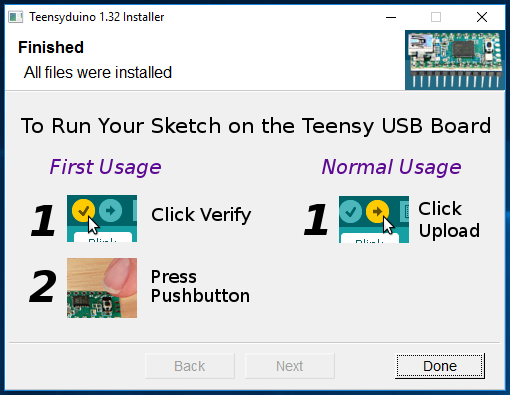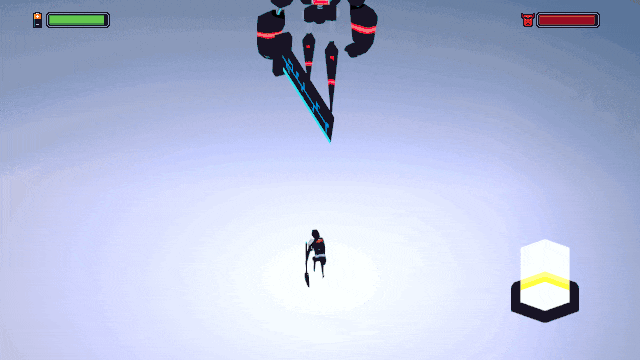Ludev Dan 39 Mac Os Pro
Launch Sweet Home 3D with Java Web Start
|
| Clicking on the previous link will automatically download and launch Sweet Home 3D. |
If Sweet Home 3D loading doesn't start once you clicked on the previous link, click on the SweetHome3D.jnlp downloaded file while maintaining the ctrl key pressed, and choose Open in the contextual menu that will appear. |
Choose to open the SweetHome3D.jnlp downloaded file with javaws program that you'll find in the bin directory of the JRE (Java Runtime Environment).
|
If, once started, the download of Sweet Home 3D files by Java Web Start is interrupted, please wait, download should continue after a while.
After downloading, please accept the displayed digital signature to be able to run Sweet Home 3D. |
Other downloads
Depending on your needs, you may also download the following files proposed in the Sweet Home 3D Download section on SourceForge.net:
| 3D models libraries | Each zipped file of the section SweetHome3D-models contains a double-clickable SH3F file describing additional 3D models created by contributors for the furniture catalog of Sweet Home 3D.
Read Libraries of 3D models section for more information.
|
| Textures libraries | Each zipped file of the section SweetHome3D-textures contains a double-clickable SH3T file describing additional textures created by contributors for the textures catalog of Sweet Home 3D.
|
Furniture Library Editor
(10.8 MB) | This double-clickable JAR file launches the Furniture Library Editor under Windows, Mac OS X and Linux systems with Java installed.
Like the Furniture import wizard, this application lets you quickly create a SH3F file and edit the properties of the 3D models it contains.
|
Textures Library Editor
(1.1 MB) | This double-clickable JAR file launches the Textures Library Editor under any system with Java installed.
Like the Textures import wizard, this application lets you easily create a SH3T file and edit the properties of the texture images it contains.
|
Sweet Home 3D JS Viewer
(3.2 MB) | This archive contains the files of a HTML5 / WebGL Canvas you can upload on your web site to display the 3D view of a Sweet Home 3D file.
Read the README.TXT file included in this archive for instructions about installation process.
|
Sweet Home 3D portable
(351 MB) | This 7-zip archive contains Sweet Home 3D applications for 32-bit and 64-bit Windows, Mac OS X, 32-bit and 64-bit Linux, bundled with the Java environments required to execute them.
Once you uncompressed this archive in a given folder (on a hard disk or a USB key), you can move this folder or the USB key where you copied it to use Sweet Home 3D on another computer, without losing software configuration.
|
Sweet Home 3D executable jar
(25.5 MB) | This double-clickable JAR file launches Sweet Home 3D under Windows, Mac OS X and Linux systems with Java installed.
It's not the preferred option to run Sweet Home 3D because you won't get association with Sweet Home 3D files, and depending on the Java version you use, it could use 96 MB of memory at maximum, which is too small to create middle sized homes. This JAR file is useful for plug-ins developers and advanced users who wants to run Sweet Home 3D with customized Java options (like the -Xmx Java option that lets you choose the maximum memory size used by Java).
|
| Sweet Home 3D installers | The SweetHome3D section contains the installers of Sweet Home 3D for all the supported operating systems and all the released versions up to the current version 6.5.2.
|
Sweet Home 3D source
(27.6 MB) | This archive contains the source files used to build Sweet Home 3D. Sources are useful to developers who want to contribute to the development of Sweet Home 3D and its plug-ins.
Note that source files may be browsed on-line too with the web-based CVS repository viewer provided by SourceForge.net.
|
Sweet Home 3D javadoc
(2.5 MB) | This archive contains the developer's javadoc built from the source files of Sweet Home 3D. Javadoc is useful for developers only.
Note that the javadoc may be browsed on-line here. |
| © Copyright 2006-2021 eTeks - All rights reserved |
I’ve recently started diving into home automation stuff, and of course immediately ran into issues. I purchased a z-wave water sensor and planned to use Home Assistant to monitor the sensor and send me alerts (via pushover) if it detects water. While getting HA installed was quick and easy, the trouble began when I tried to actually read from the sensor. I could see in the OZW_Log.txt log file that the system was receiving data, but the HA log had no event information.
After a bunch of searching, I came across a post talking about using open-zwave-control-panel (ozwcp) to diagnose and configure z-wave devices. Awesome! Sadly, the documentation for this project is lacking, and it took a bit of trial and error to figure out the right steps to get ozwcp build, let alone run. Eventually I figured it out, reconfigured my sensor and everything worked. So to save others the frustration of trying to build ozwcp, I’ve got a quick and simple tutorial for you!
UPDATE: There’s a docker image that’s only slightly out of date, I suggest trying that first before going to the effort of compiling ozwcp. If you don’t have docker installed, follow one of the many tutorials out there, then run this command (where /dev/ttyUSB0 is your zwave controller):
docker run -p 8008:8008 –device /dev/ttyUSB0 openzwave/openzwave-control-panel &>/dev/null &
Please note, these instructions have only been tested on Raspbian 8 (jessie) on a Raspberry Pi 3. Your milage may vary! All commands are run as root, because I’m lazy.
First, install some (probably) important libraries:
apt-get update
apt-get install libgnutls28-dev libgnutlsxx28
Download, build and install libmicrohttpd
cd
wget ftp://ftp.gnu.org/gnu/libmicrohttpd/libmicrohttpd-0.9.19.tar.gz
tar zxvf libmicrohttpd-0.9.19.tar.gz
mv libmicrohttpd-0.9.19 libmicrohttpd
cd libmicrohttpd
./configure
make
make install
Download and build the open-zwave library
cd
git clone https://github.com/OpenZWave/open-zwave.git
cd open-zwave
make
Download open-zwave-control-panel
cd
git clone https://github.com/OpenZWave/open-zwave-control-panel.git
cd open-zwave-control-panel
Open the Makefile and find the following line:
Ludev Dan 39 Mac Os Catalina
OPENZWAVE := ./
LIBMICROHTTPD := -lmicrohttpd
Change it to:
OPENZWAVE := ./open-zwave
LIBMICROHTTPD := /usr/local/lib/libmicrohttpd.a
Build ozwcp
make
ln -sd ./open-zwave/config
And finally, run it!
./ozwcp -p 8888
Ludev Dan 39 Mac Os Download
Ludev Dan 39 Mac Os X
Die back mac os. Now you can open http://your_system:8888 in a browser to start using the open-zwave-control-panel!


